SHIN SPLINTS
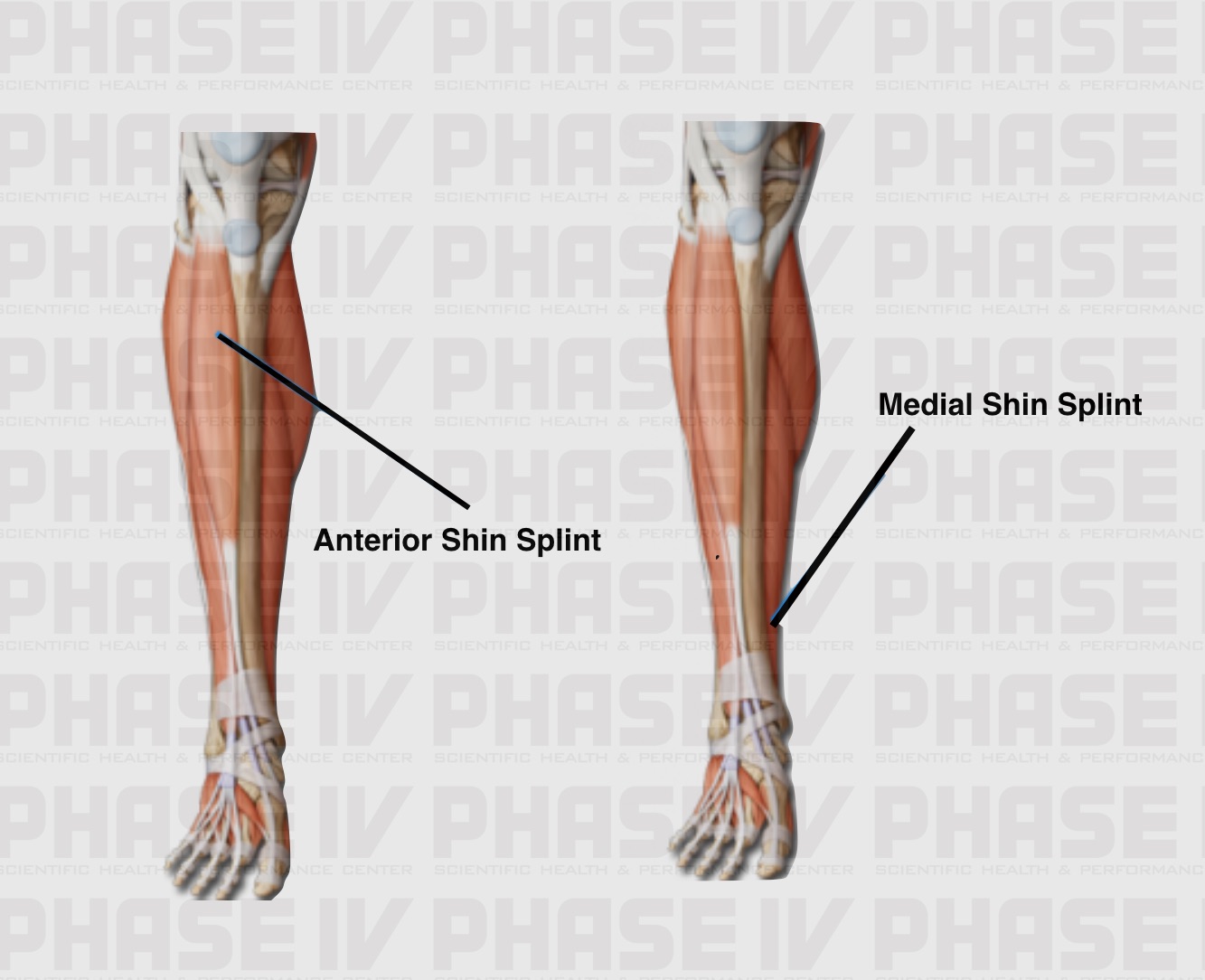
How You Feel the Pain: Typically, shin-splint pain will first appear at the end of long runs or after extended efforts. Soon, the pain will appear earlier in the workout and sometimes abate as you warm up, only to return toward the end of the workout. As time goes on, the pain will spill over into walking and standing during activities of daily living. Occasionally, runners will pull up (stop due to pain) during workouts and racing with a complete fracture of the tibia.
CONDITIONS OF THE KNEE
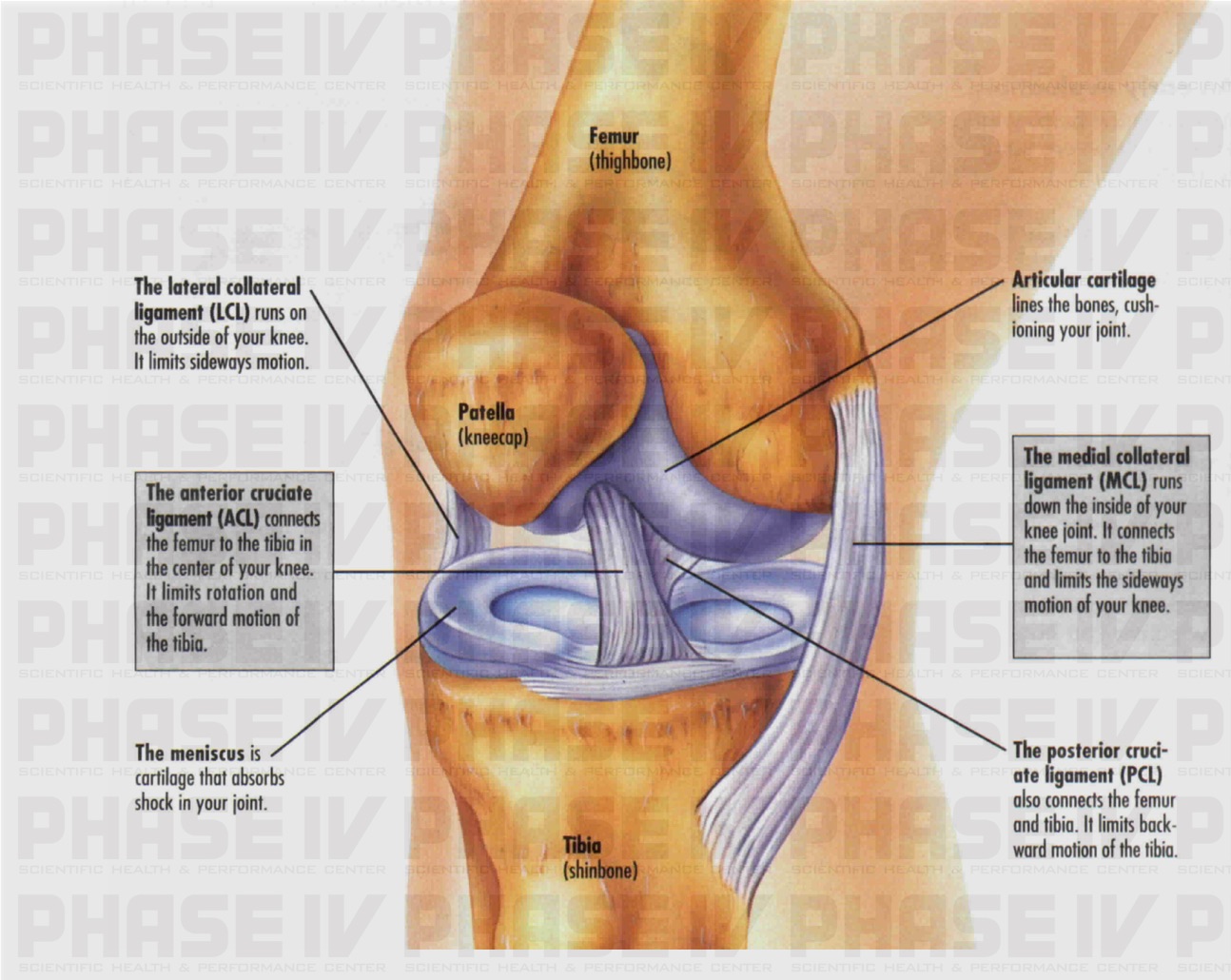
Alleviating injuries requires the right treatment to the right structures. The first step in any rehabilitation program is to first get an accurate diagnosis. Most often, lateral knee pain is an IT Band syndrome; but it is critical to rule out a meniscus cartilage tear, and/or tendon injury before settling on a diagnosis. The primary approach to all IT Band syndromes is to address the inflammation and pain at the injury site while simultaneously working to limit the amount of pronation in the foot when you run or walk. Ultimately, this involves correcting leg length inequality with prescription stretching and strengthening exercises. This takes some time, but improving gait mechanics can immediately start to reduce the pain.
IT BAND
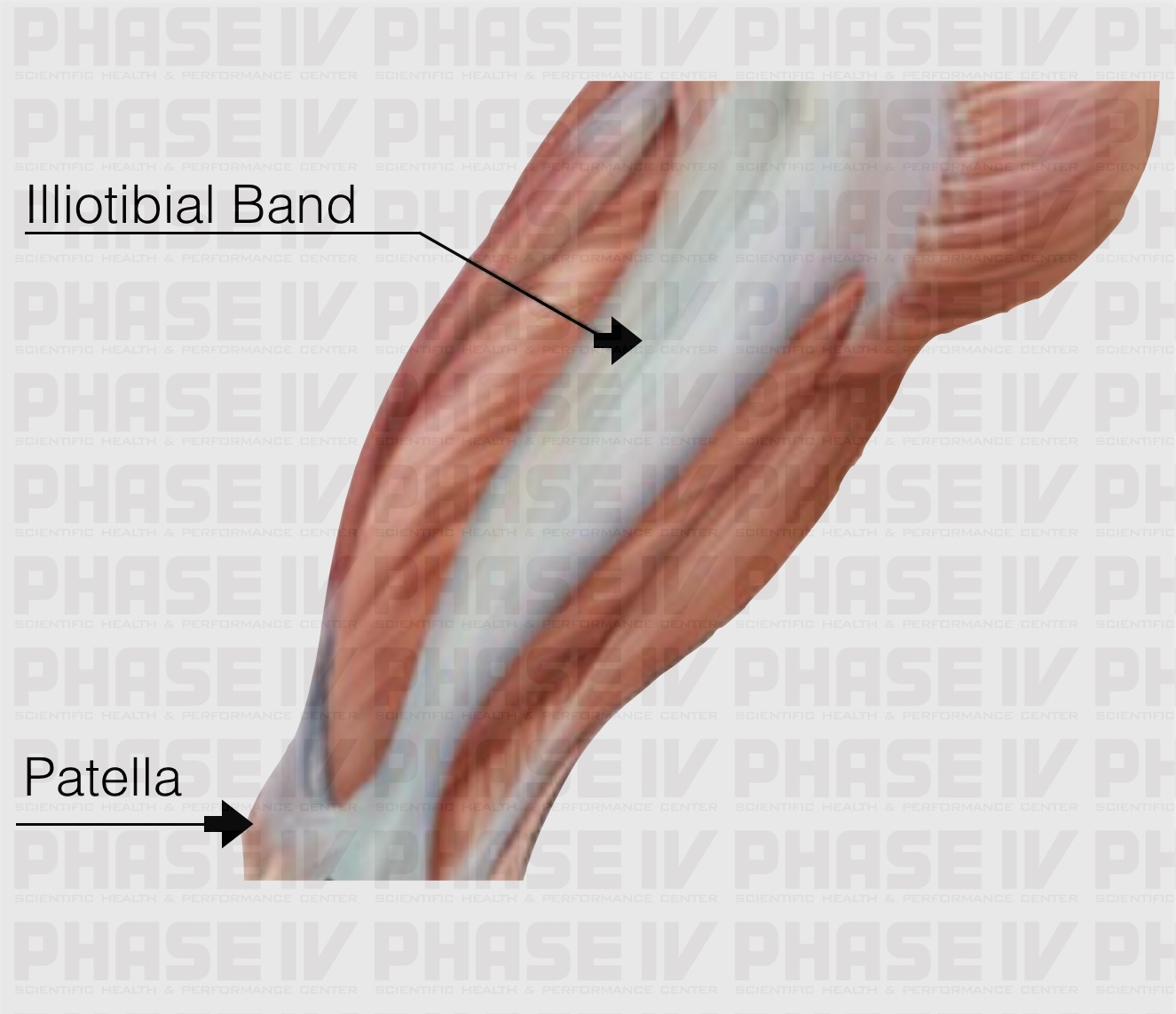
Illiotibial band problems may present at one end or the other of this broad band of fascia running along the outside of the thigh: either at the top, where it originates on the lateral aspect of the pelvis, or much more commonly at the lower end at the site of the bursa on the outside of the knee. This lower IT band pain tends to appear suddenly on a run, and it often becomes so severe that you have to limp or stop the workout and walk home. While it does not represent a high degree of damage to the bursa, or to the IT band, it can be one of the most painful conditions runners suffer and it will stop you in your tracks. If you ignore the pain and continue to run, the pain will progress to daily activities including stairs, squatting, and pivoting.
PLANTAR FASCIA

How You Feel the Pain:
You feel plantar fasciitis as acute pain at the bottom of the heel. It typically occurs in one or both feet when taking the first few steps out of bed in the morning. Pain may improve or disappear after a few minutes of walking around the house, but will often reappear during the day after sitting for a while, and at the end of the day.
Pain may be worse when barefoot or in shoes with poor arch support. The pain may also be present at the start of a running workout and improve as you warm up, which is NOT an indication that you can continue to run. In some cases, the pain may be more in the arch area.
Additionally, some runners will grow a bone spur on the heel where the plantar fascia attaches. Although this may prolong the rehabilitation process, it does not necessarily preclude you from resolving the injury and getting back to pain-free running.
ACHILLES TENDON
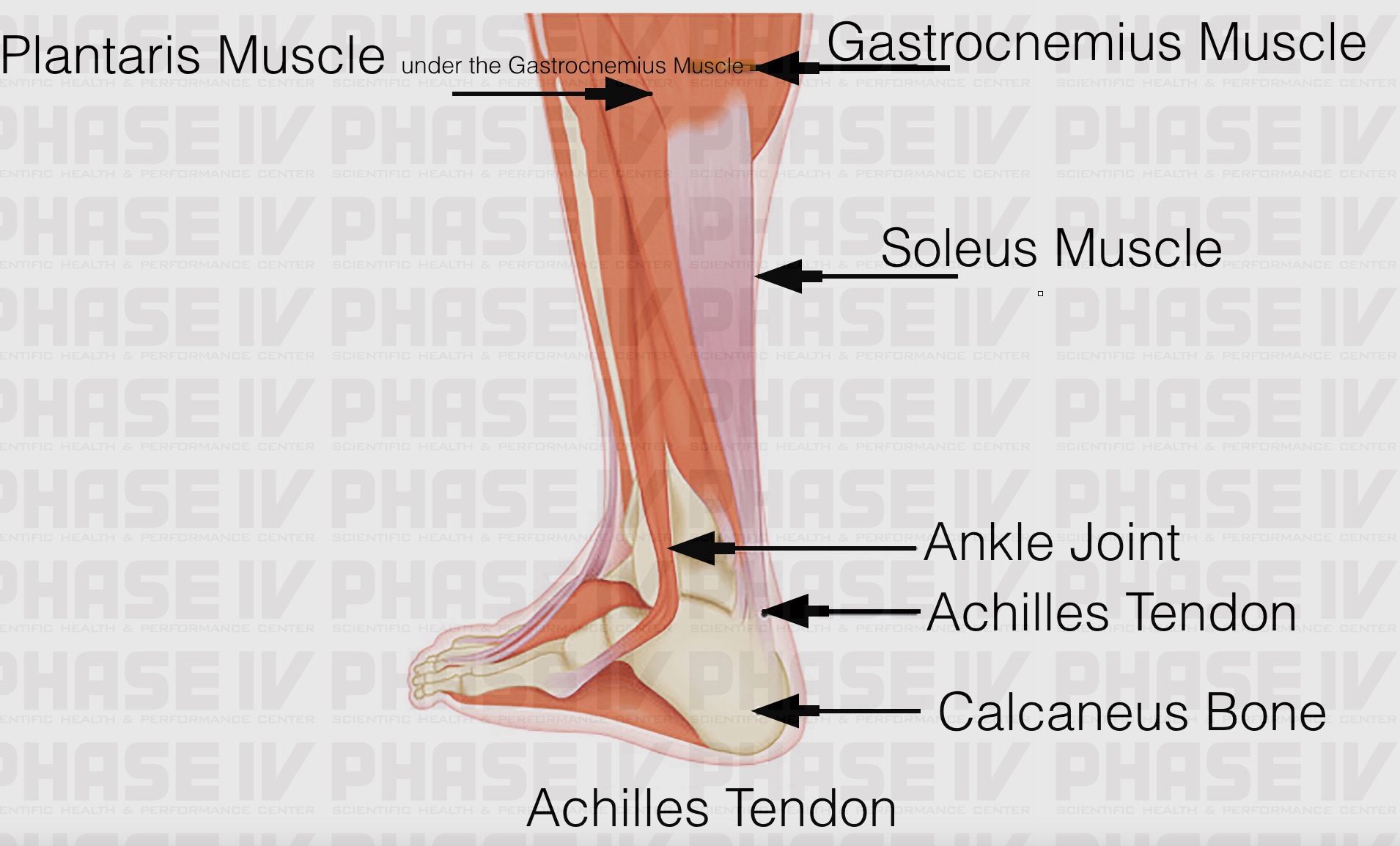
How You Feel the Pain
There are three different conditions of Achilles tendon dysfunction-Achilles tendonitis, Achilles paratenonitis, and Achilles tendonosis-and you feel similar pain signatures from each one. But with careful observation and palpation (what PTs call poking people and asking, “Does that hurt?”), we can make an exact diagnosis.
HAMSTRING
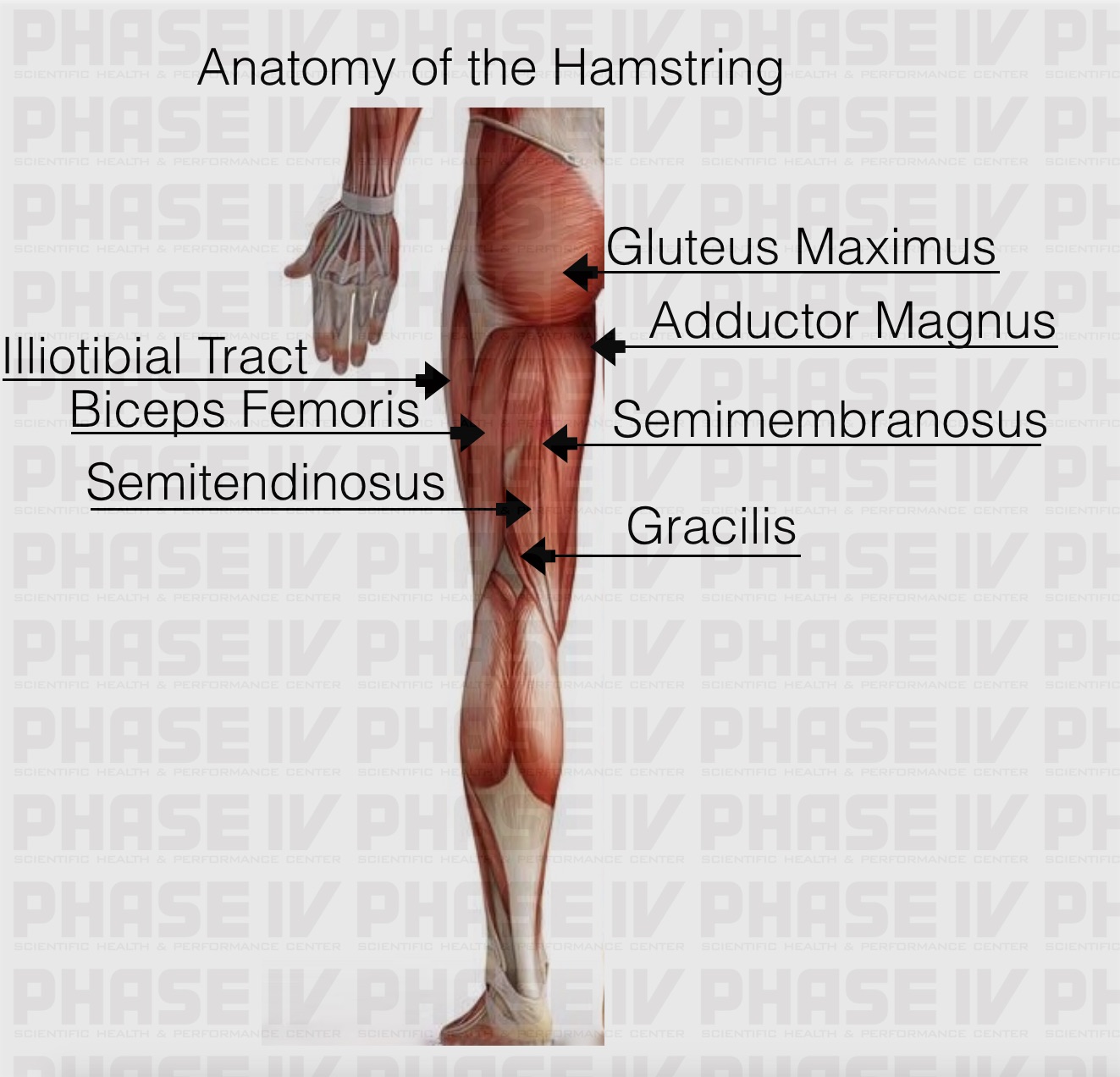
How You Feel the Pain
The pain from hamstring injuries can present in different areas in the back of the body extending from the gluts to behind the knee. This makes self diagnosis difficult. Many runners experience pain in the upper end of the hamstrings very close to the origin at the ischial tubersosity, and some imagine they have torn the upper attachment off the bone. As strong as this muscle group is, it rare that it’s tendon is pulled off of the bone. Instead, with careful examination the muscle strain is found to be an 2-4 inches below the origin.
CARPAL TUNNEL
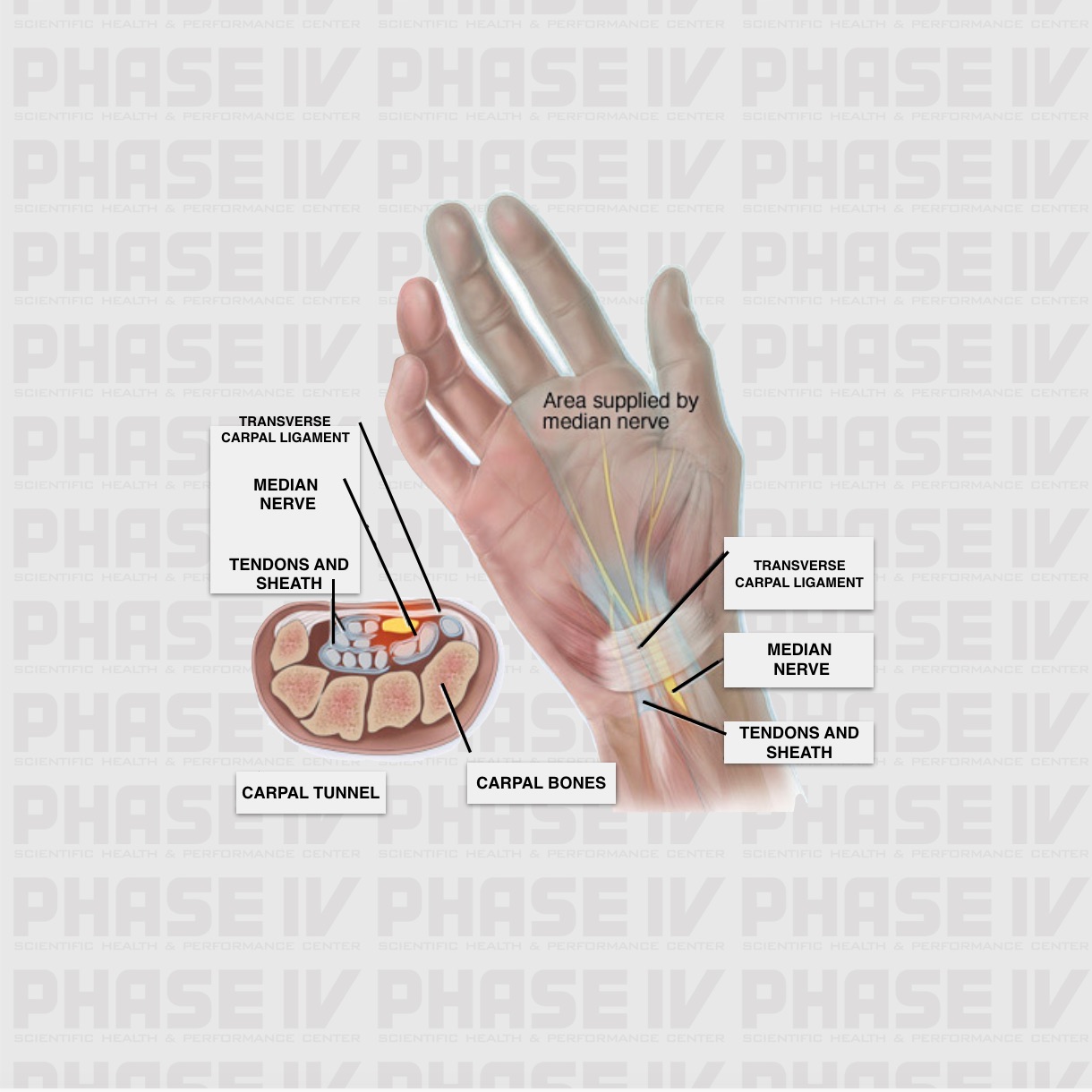
Although it is commonly thought carpal tunnel syndrome is a condition born from long hours spent working on a computer keyboard, it is actually most often a result of an accumulation of stress from a variety of common repetitive movements. Located on the palm side of your wrist the carpal tunnel is a narrow passageway bound by bones and ligaments, about as big around as your thumb. This tunnel protects a main nerve to your hand and nine tendons that bend your fingers. Strain on these tendons causes swelling and a resultant pressure placed on the nerve produces the numbness, pain and eventually hand weakness that characterize carpal tunnel syndrome.
Fortunately, for most people who develop carpal tunnel syndrome, conservative non-surgical treatment will usually relieve the pain and numbness and restore normal use of their wrists and hands.




